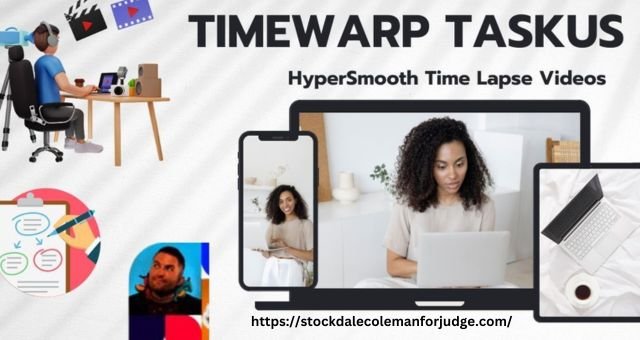Using a Virtual Dataroom To Protect Media and Entertainment Files

The protection of media and entertainment files offers several advantages for creators and distributors of this content. It protects content by avoiding piracy, which can result in losses. It preserves the value of creative work and guarantees proper commercial utilization. Secure files also protect the confidentiality of materials that have not yet been released to the public and avoid situations that would negatively affect the audience’s experiences or marketing departments’ strategies. Here’s how to use a virtual dataroom to protect media and entertainment files:
Threats In the Content Production and Distribution Industry
Media and entertainment files are sensitive by nature, and sharing any content without obtaining consent can lead to negative consequences. Financial impacts can include significant costs, as piracy reduces the sales of legitimate copies and streaming. If films, songs, or brand campaigns are leaked, it can be disastrous. Sustaining and maintaining the integrity of content can also be difficult, as breaches in content security may trigger distrust of the partners, investors, and consumers.
Capabilities and Tools of Virtual Datarooms
A virtual dataroom provides essential tools and options to safeguard data, collaborate, and document it. They often offer strong encryption that includes identity and data protection, both while it is in motion and in storage. Access controls enable defining the restriction level so that only specific people can view, modify, or download documents. Some applications have features that prevent sharing of the viewed or downloaded by embedding user information into the files. Detailed audit trails track all user actions in the dataroom, making them accountable and helping to ensure compliance.
Advantages of Virtual Datarooms for the Media and Entertainment Industry
Datarooms introduce stronger protection features such as encryption, access control, and digital watermarking. This is useful in preventing unauthorized access and content leaks. This level of protection helps protect valuable assets such as patents, trademarks, copyrights, and unpublished work. They also help enhance speedy and effective communication and the sharing of files and documents between team members, partners, and stakeholders. This makes the working processes much more efficient and effective in an industry that rapidly involves international cooperation. These datarooms provide for version control and extensive activity logs, which ensure that all the teams deal with updated documents.
Setting Up a Virtual Dataroom
Setting up a dataroom entails choosing a reliable provider that can meet security requirements and has unique options. After that, define the user roles and grant the corresponding access rights. The rights allow users to access data only if they have permission to do so. Then, sort your files and folders in the dataroom and start safely uploading your media and entertainment content. Constantly track data usage, collect feedback from the users, and apply the necessary changes.
Sourcing for a Virtual Dataroom From a Professional Vendor
Competent vendors always ensure they are conversant with the current legal provisions. They usually offer round-the-clock technical support so your business operations are not affected. They also provide solutions tailored to your specific needs and easily implemented into your current infrastructure. Contact such a vendor to get your virtual dataroom.












